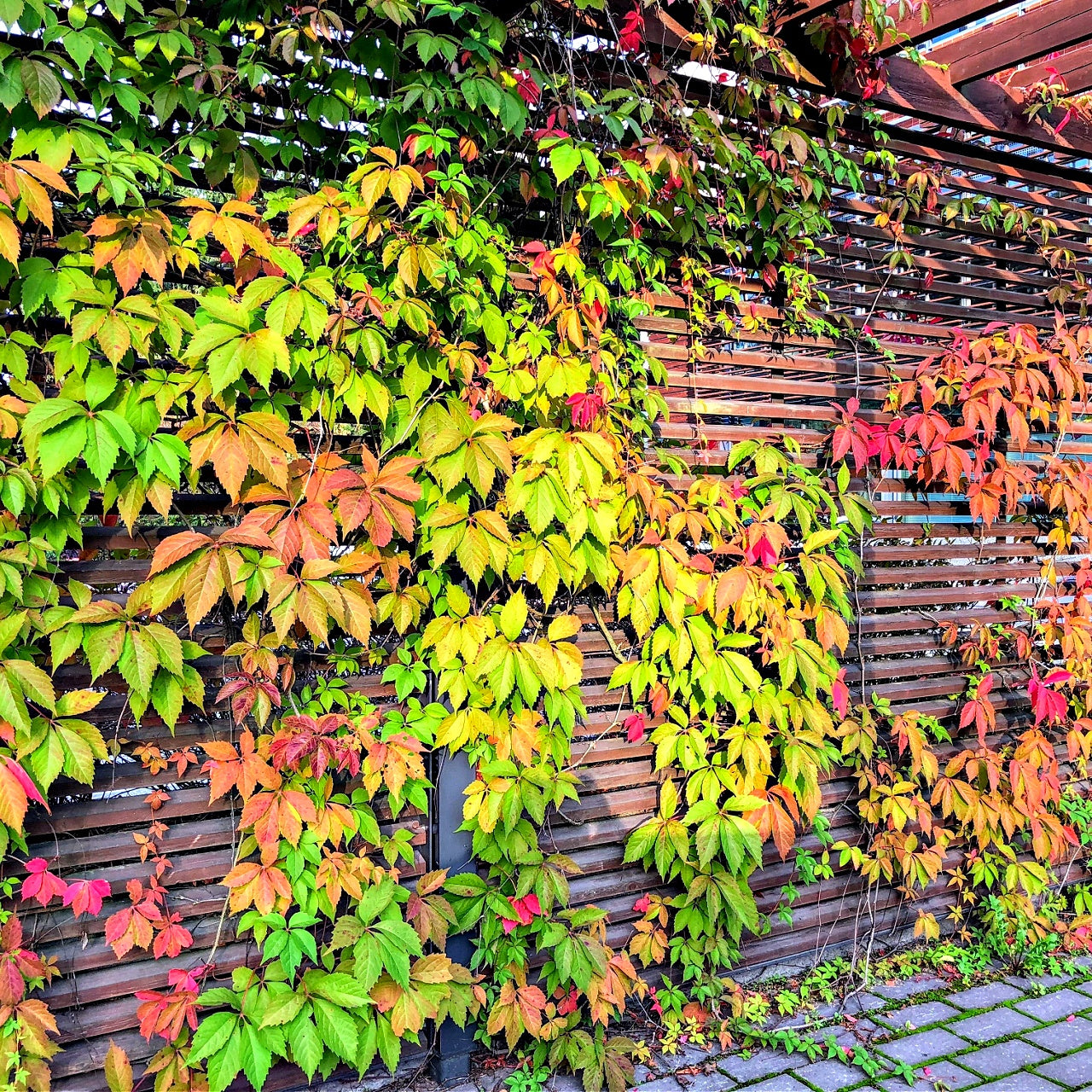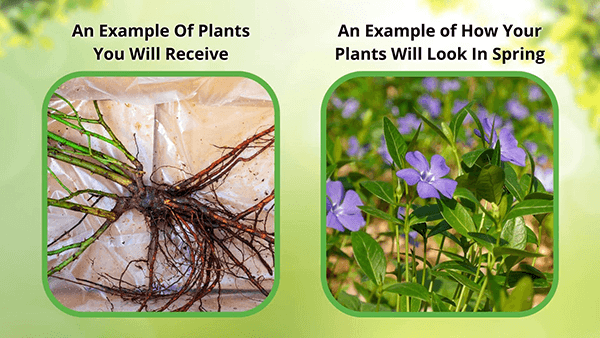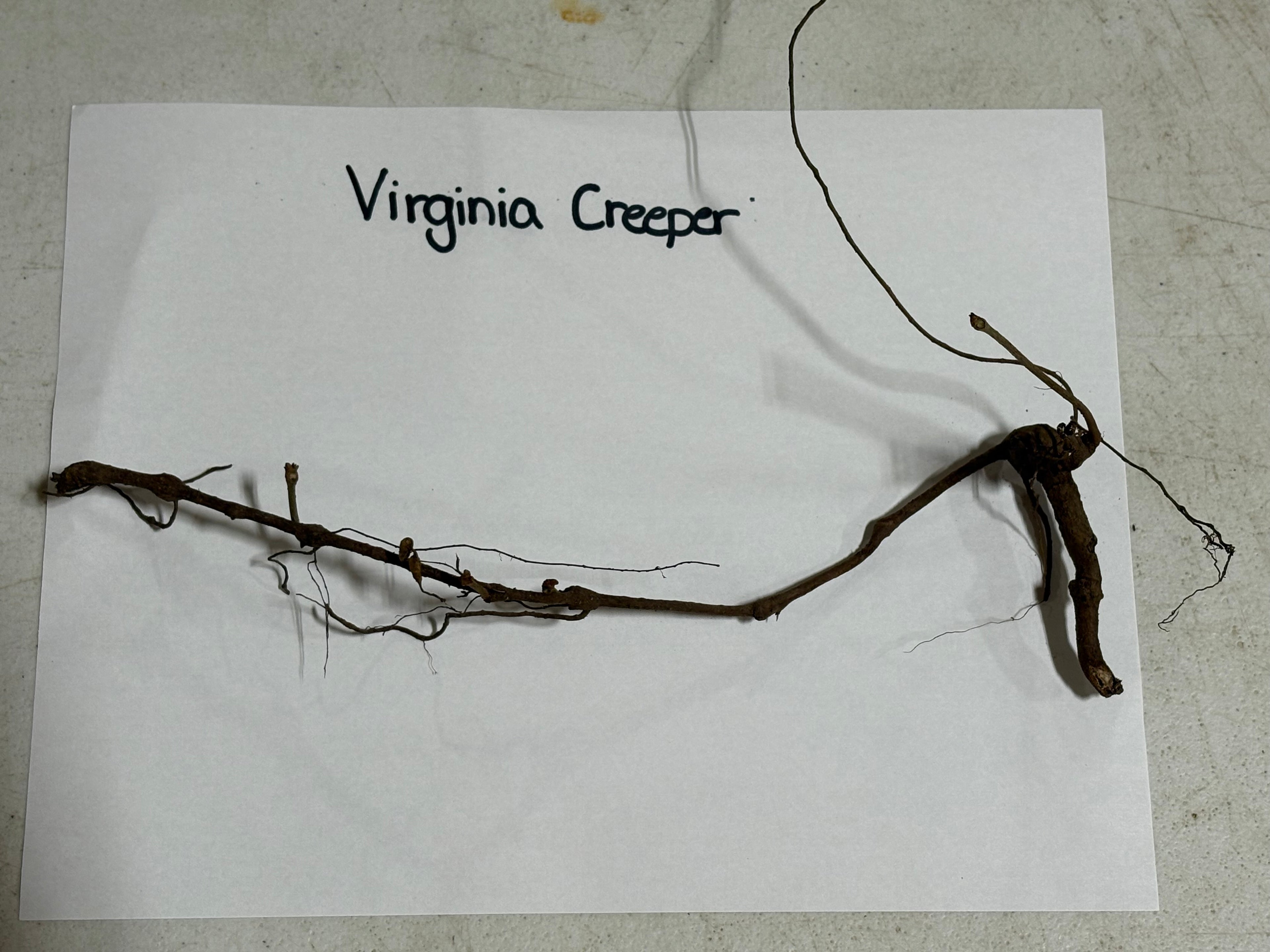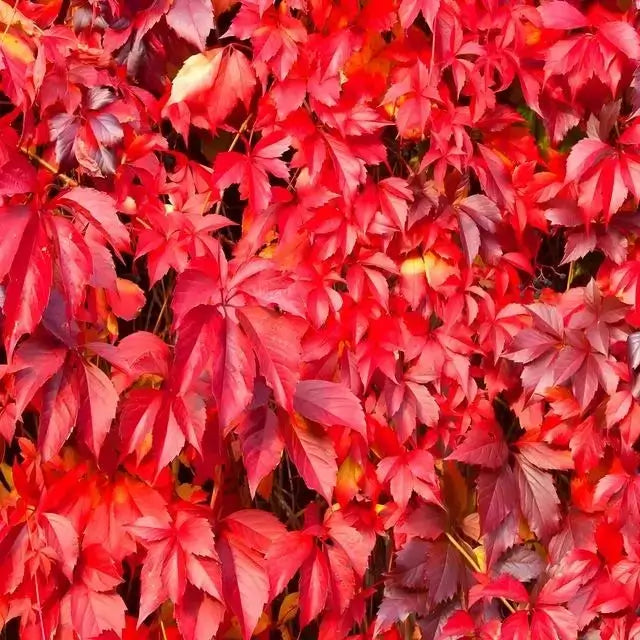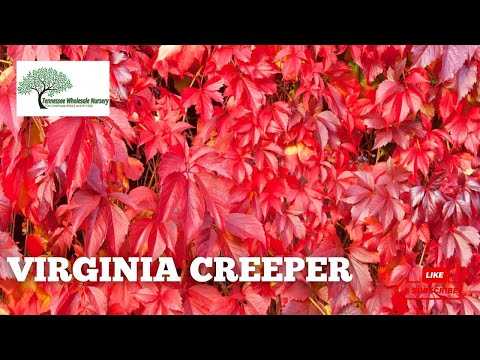Virginia Creeper For Sale
Virginia Creeper is a hardy vine that is green in the Spring and Summer and turns a fiery red in the Fall. It climbs trellises, fences, and porches, adorning them with almost year-round beauty. It's perfect for reducing soil erosion, especially when planted near old structures where you'd like to add beauty and vibrant foliage in the Fall season. It's a best selling vine at TN Nursery because of it's hardiness and ability to cover, protect and provide beauty in several seasons.
As a native vine in the United States, the Virginia Creeper is incredibly useful to the local ecosystem. As a perennial deciduous vine, it grows fast and covers structures and ground as effectively as other non-native options. It is grown for its color-changing foliage that almost appears as if it is painted on.
The leaves shift from deep green to an even deeper red in the later growing months, making this a plant valued for its fall interest in a garden where other plants have fully wound down for the year.
Plant Details
Family: Vitaceae
Light Requirement: Full Sun - Full Shade
Water Needs: Low - Moderate
Height: 30-50 ft.
Spread: 5-10 ft.
Growth Rate: Fast
Bloom Time: Spring – Summer, berries form in Fall
Flower Color: Inconspicuous green, white, and yellow forming
Wildlife Value: Provides food and shelter with berries and foliage
While its foliage is the focus most of the time, this vine produces charming, subtle bloom clusters in spring or summer that give way to dark blue berries. These berries, which reach ripeness in the late summer and fall, provide crucial nutrition to native bird species as they get ready for winter.
This vining plant is truly a superhero in the landscape and is a very smart choice for any native garden. Its light preference is partial or dappled sun, but it can tolerate a full spectrum of light conditions. It is highly adaptable to soil types but prefers to be in well-drained soil and does not enjoy wet feet.
Landscape Uses and Maintenance
Suppose you have a wall, fence, trellis, or just a large area of bare ground that you want to cover in an ecologically responsible way quickly. In that case, this hardy nativr perennial groundcover vine is a solid option. Growing fast and spreading wide along any size structure you give it, this plant is still easy to control. It will only grow as high as the structure provided.
Pruning is optional if you desire a specific shape around a structure. Water regularly to encourage healthy growth after planting. Ensure the area does not waterlog, amending the soil if needed with sand.
Noteworthy Characteristics
These vine leaves are memorably palm-shaped and appear beautifully curated as they spread along. The color change throughout the season never gets old and makes this a particularly special deciduous perennial vine. Shop for Virginia Creeper online at TN Nursery.
Exposure
Virginia Creeper thrives in full sun to partial shade. It can adapt to various light conditions but prefers at least some direct sunlight for vibrant fall color. In shadier areas, it may grow but with less intensity in color and vigor.
Height at Maturity
Under 12"
Usage
Groundcover
Shipped As
Bare-root
Ships
USPS
Planting Zones
3-9
